
The record-breaking catch
An astonishing feat in fishing history
It was a day that would go down in fishing folklore. On May 20, 1961, Lynn Joyner reeled in an awe-inspiring goliath grouper (Epinephelus itajara) off the coast of Fernandina Beach, Florida. This mammoth fish weighed an incredible 680 pounds, setting a jaw-dropping record that's yet to be surpassed.A closer look at the colossal catch
Catching a goliath grouper of this magnitude isn't just a stroke of luck; it's a grueling battle of endurance and skill. These formidable fish are known for their immense power and size, making them a challenging catch for even the most seasoned anglers. The record-breaking grouper Lynn Joyner caught was testament to the sheer determination and prowess of recreational fishers.An enduring legacy
The legacy of this monumental catch continues to inspire and intrigue anglers around the world. Joyner's catch is a beacon for those who dream of making their own mark in the annals of fishing history. The story of this extraordinary catch reminds us that, in the world of fishing, the next big record could be just one cast away. For more fascinating fishing achievements, explore the incredible journey of the world record gar.Understanding the goliath grouper species
Characteristics and habitat of the goliath grouper
The goliath grouper (epinephelus itajara) is one of the largest reef fish in the Atlantic Ocean and the discusssion around the biggest goliath grouper ever caught has captivated anglers worldwide. With adults capable of weighing over 800 pounds (363 kg) and measuring up to 8 feet (2.4 meters) long, these fish are truly giants of the reef. They primarily inhabit the Atlantic Ocean, particularly around the coasts of Florida, the Caribbean, and the Gulf of Mexico.
It is impressive how these giants can blend into the reefs, using their massive size to their advantage to ambush prey. They mainly feed on crustaceans, smaller fish, and even occasional sea turtles.
Identifying the goliath grouper
Identifying a goliath grouper is pretty straight forward due to its formidable size and distinct features. Its body is robust and typically dark brown to gray with small black spots on the fins. Juveniles, on the other hand, have a slightly different appearance with light vertical stripes. Their thick-set frame and wide mouth are unmistakable, showing that they are built for power.
Conservation status and controversies
Despite their size and strength, goliath groupers have faced significant population pressures over the years due to overfishing and habitat loss. In the 1990s, both the U.S. federal government and Florida enacted regulations to protect the species, which led to the implementation of fishing bans aimed at increasing their populations.
However, these bans have not come without controversy. Some argue that the goliath grouper populations have rebounded enough to warrant a controlled and regulated harvest. Others worry that lifting these protections could risk undoing decades of conservation efforts. According to a study from the Florida Fish and Wildlife Conservation Commission (FWC), the population recovery of goliath groupers in Florida waters is evidence of the effectiveness of these conservation measures.
Conservation efforts
Efforts to protect the goliath grouper are ongoing, with organizations such as the International Game Fish Association (IGFA) playing a crucial role in promoting responsible fishing practices. The IGFA encourages catch-and-release practices, which help in maintaining the species' population stability. Additionally, ongoing research and educational programs aim to increase awareness about the importance of conserving these remarkable fish.
Goliath grouper fishing hotspots
Top destinations where you can catch these giants
There are a handful of places across the globe known for goliath grouper fishing. One of the primary hotspots is Florida, specifically areas like the Atlantic coast, the Gulf of mexico, and the Ten thousand islands in Southwest florida. The goliath grouper, or Epinephelus lanceolatus, thrives in these warm, shallow waters around sunken ships and coral reefs. Fernandina beach is another prime location known for record-breaking catches.Lynn joyner's epic catch off Fernandina Beach in 1961 is one of the goliath groupers that still holds a record today. That catch tipped the scales at an impressive 680 pounds, earning worldwide recognition. Fernandina Beach remains a favorite for anglers looking to land a massive goliath.
The Caribbean, Gulf of mexico, and beyond
A popular destination for goliath grouper fishing also includes spots along the waters of the Caribbean and down the coast of Brazil. Over in the Pacific, areas like Australia, Peru, Hawaii, and New Zealand are well-known for their giant grouper populations, commonly referred to as giant grouper epinephelus or jewfish.Australia, in particular, is famous for its Sydney-based anglers landing huge specimens, and Japan and New Zealand are also becoming increasingly popular among avid grouper fishers. These countries host diverse marine environments, supporting weighty groupers and providing a challenging yet rewarding fishing experience.
Seasonal trends and the best fishing spots
It's worth noting that the timing of your trip matters. Goliath groupers tend to be more active and easier to catch during their spawning season, which typically ranges from May to September. Pay close attention to local fishing reports and seasonal trends to maximize your chances of a successful outing. Areas with plenty of underwater structures, like artificial reefs and shipwrecks, are particularly fruitful for catching these massive fish.A helpful tip for anglers looking to capture the biggest goliath grouper ever caught is to ensure you use proper fish handling techniques. Proper fish handling is crucial not only for maintaining the integrity for record verification but also for the conservation of the species, ensuring they are released alive and unharmed whenever possible.
Proper fish handling techniques
Essential practices for handling goliath groupers
Goliath groupers, or Epinephelus lanceolatus, are among the largest fish in the sea and require meticulous care when handled to ensure their safety and survival. These giants, sometimes tipping the scales at over 800 pounds, are as vulnerable as they are impressive. Handling them improperly can lead to severe injuries or even death, wrecking both the joy of the catch and ecological balance.Supporting their weight in water
First and foremost, it's crucial to remember that goliath groupers rely on the buoyancy provided by water to support their massive skeletal structure. Lifting them out of the water can cause fatal injuries. According to a study by the Florida Fish and Wildlife Conservation Commission, groupers removed from water face a high risk of organ damage due to their weight. Anglers should use a sling or cradle if lifting is unavoidable.Avoiding air exposure
Minimizing air exposure is another vital practice. Extended periods out of water can cause stress and hinder the fish's ability to recover and swim away strong. Research from the International Game Fish Association (IGFA) indicates that limiting air exposure to less than one minute significantly improves survival rates. Lynn Joyner, a renowned fishing expert, emphasizes, "A quick photo and then back in the water is the rule of thumb."Handling techniques
Using proper fish handling techniques is an art in itself when dealing with such a massive species. Use wet gloves or a wet towel to handle the grouper, avoiding the skin damage that dry hands can cause. Moreover, make sure to hold the fish horizontally rather than vertically to prevent stress on its internal organs.Idling and revival
Once the fish is ready to be released, aiding its recovery is paramount. Just like human athletes need cool down time, goliath groupers benefit from support until they're fully revived. Holding the fish by the base of its tail and moving it gently back and forth aids in re-oxygenating its gills. Brian Conley, a biologist from the University of Florida, suggests, "Allowing a grouper to regain its strength ensures it swims away strong and unharmed."Technological aids
Today's anglers also have the advantage of technology. Tools like release weights can help return a distressed fish to deeper waters, mitigating barotrauma effects. Devices that measure water depth and pressure help in timing the release perfectly. Proper handling goes beyond angler satisfaction—it contributes to the long-term conservation of goliath groupers. This ensures future generations can enjoy the thrill of encountering these ocean giants, knowing they've done their part to protect them. So, when you embark on your next fishing adventure, remember: the careful handling of your catch is a step towards sustaining the marine environment we all cherish.The role of IGFA in fishing records
IGFA's vital role in maintaining fishing records
The International Game Fish Association, affectionately known as IGFA, serves as the official keeper of world angling records. When it comes to recording the biggest goliath grouper ever caught, IGFA's role cannot be overstated. Their stringent verification process ensures that every record-breaking catch is legit and meets the highest standards. Established in 1939, IGFA fosters ethical angling practices and has a long history of preserving the integrity of fishing records.
Every angler dreaming of catching a record-breaker needs to be aware of IGFA's rules and regulations. The process begins with the initial catch, where precise measurements of the fish's weight and length are taken. The equipment used, such as the fishing line and tackle, must comply with IGFA's specific guidelines. An example of this meticulous process was seen when Lynn Joyner set the record with his monumental catch off Fernandina Beach in Florida. Joyner ensured his techniques were up to snuff, following every IGFA guideline to the letter, resulting in a record that still stands proud in their halls.
Verification process
After the angler submits their catch for IGFA record consideration, it goes through an exhaustive verification process. Expert witnesses often review photographic evidence and, at times, physical inspection of the fish if it’s not tagged and released. Only when the organization's panel of experts is satisfied does a record become official. This robust verification is IGFA's way of upholding credibility among the global fishing community. They also provide a platform for recognizing the extraordinary achievements of anglers worldwide.
Connecting anglers worldwide
Another important role of IGFA is bringing together a community of anglers who share a passion for fishing. Whether it's swapping stories about goliath groupers or exchanging tips about proper fish handling techniques, IGFA members form a globally connected network. This camaraderie is a testament to angling's universal appeal and the organization's role in fostering a supportive, knowledgeable community.
IGFA has essentially set the gold standard for what's considered a commendable catch. For anyone with dreams of landing their name in the record books, recognizing the role of IGFA and staying compliant with its guidelines is the first step toward making fishing history.
Personal stories from anglers
Unforgettable tales from the fishing frontlines
Landing a goliath grouper is no small feat, and the sheer thrill of the chase has left many anglers with stories to tell for a lifetime. Imagine being in the calm waters off the coast of Florida, feeling that giant tug, and knowing you're in a battle with one of the ocean's most formidable residents.
Take the story of Lynn Joyner, a seasoned angler who had a jaw-dropping experience while fishing off Fernandina Beach. He recalls, 'When I felt the first pull, I knew it wasn't an ordinary catch. The sheer weight and strength of the fish were unlike anything I had ever encountered.'
The adrenaline rush isn't just about reeling in the big one. Proper fish handling techniques, critical in ensuring the fish can be released alive and unharmed, are a big part of the narrative. Anglers often emphasize the importance of using appropriate gear and methods to avoid putting undue stress on the fish. There's a shared respect among those who fish for these giants, aiming to keep the goliath grouper alive unharmed proper for future generations.
Another angler recounts his epic battle with a goliath grouper epinephelus lanceolatus near the reefs of Southwest Florida: 'It was a tug of war like no other. When it finally surfaced, the sight of that massive grouper took my breath away. We'll be talking about that catch for years to come!'
From Florida to the Gulf of Mexico, and even as far as the Pacific waters off Australia and Japan, anglers share a common bond through these exhilarating encounters. Their stories often highlight the importance of conservation efforts and the role those adventures play in raising awareness about the goliath grouper species. As they share their personal experiences, they also spread the message of sustainable fishing.
It's these real, human stories that make goliath grouper fishing such a cherished part of many anglers' lives. The combination of challenge, excitement, and a deep respect for the species underlines why these fish are so revered. Whether it's tales of massive specimens caught, the ones that got away, or the shared camaraderie among fishing enthusiasts, the personal stories truly capture the heart and soul of goliath grouper fishing.
Conservation efforts for goliath groupers
Collaborative initiatives lead the way
Conservation efforts for goliath groupers are not just buzzwords; they're vital to ensuring these giants thrive. Collaborative initiatives between local communities, scientists, and fishing enthusiasts make a massive impact. These programs focus on research, habitat protection, and strict fishing regulations. One notable effort is the study funded by the National Oceanic and Atmospheric Administration (NOAA), which has significantly contributed to understanding and protecting the goliath grouper.
Strict regulations to protect the giants
Florida, being a hotspot for goliath groupers, has implemented stringent regulations. Since 1990, there has been a ban on harvesting and possessing these fish in both state and federal waters. Anglers who catch a goliath grouper must release it immediately, using proper fish handling techniques to ensure the fish is released alive and unharmed. This approach helps sustain their population and prevents any decline from overfishing.
Marine sanctuaries and protected areas
Designating marine sanctuaries and protected areas such as the Everglades National Park and the Florida Keys National Marine Sanctuary plays a critical role. These zones serve as safe havens where goliath groupers can breed and thrive without human interference. Research published in the journal Fisheries Management and Ecology shows a positive correlation between these protected areas and the rebound in goliath grouper populations.
Educational campaigns and community involvement
Education is another key player in conservation. Programs led by organizations like the International Game Fish Association (IGFA) and local fishing clubs educate the public on the importance of goliath grouper conservation. This includes workshops on proper fish handling and the ecological role of groupers. Anecdotes from seasoned anglers like Lynn Joyner often highlight how respecting regulations and adopting sustainable practices have made grouper fishing more rewarding.
Success stories and ongoing challenges
While there are many success stories, challenges remain. Illegal harvesting and habitat loss due to coastal development still pose threats. Ongoing efforts by agencies and conservationists are crucial in addressing these issues. Personal stories from anglers show that when communities work together, remarkable recovery is possible. For example, the population of goliath groupers in the Gulf of Mexico has significantly improved over the past two decades, thanks to coordinated conservation efforts.
Future trends in goliath grouper fishing
Emerging trends in goliath grouper fishing
The future of goliath grouper fishing is on the cusp of substantial evolution, driven by shifting regulations, advancements in fishing gear, and a growing emphasis on conservation. As these giants of the sea continue to captivate anglers worldwide, the need to balance sport with sustainability becomes ever more pressing.
High-tech fishing gear
One trend that's making waves is the adoption of high-tech fishing gear. From sonar fish finders to advanced reels, technology is enhancing the fishing experience while promoting sustainable practices. These tools allow anglers to locate and target goliath groupers more effectively, reducing bycatch and minimizing the stress on non-target species.
Catch-and-release practices
Revised catch-and-release practices are also coming to the forefront, influenced by recent studies on proper fish handling. A study by Dr. Julie E. Brown suggests that improper handling can cause 15% of released groupers to sustain fatal injuries. Optimal techniques, including supporting the fish's weight in water to protect its skeletal structure, are gaining traction. The push towards educating anglers on these methods is stronger than ever.
Regional fishing quotas and harvest bans
Regulatory bodies like the National Marine Fisheries Service (NMFS) are increasingly imposing stricter regional fishing quotas and seasonal harvest bans to ensure the species' longevity. These measures are pivotal in maintaining the delicate balance of marine ecosystems where goliath groupers thrive. The recent re-evaluation of harvesting policies in Florida's Gulf of Mexico and Ten Thousand Islands is a testament to these efforts.
Angler perspectives
A shift is also occurring in the angler community's perspective. More anglers, inspired by personal stories and encounters, are embracing a conservation-oriented mindset. Take the tale of Lynn Joyner, who caught a record pound goliath not far from Fernandina Beach. He chose to release the fish alive and unharmed, prioritizing the health of the species over the thrill of the catch.
Conservation partnerships
Partnerships between conservation groups and the fishing industry are fostering innovative approaches to goliath grouper preservation. Collaborative efforts involving artificial reefs and habitat restoration projects are on the rise. These initiatives aim to build sustainable environments for groupers, ensuring anglers can enjoy this thrilling catch for generations.
The trajectory of goliath grouper fishing is poised for transformation. With an increased focus on technology, education, and regulation, the goal is to harmonize the thrill of the catch with the need to protect one of the ocean's most majestic species. As we look forward, the spirit of responsible fishing shines brightly on the horizon.

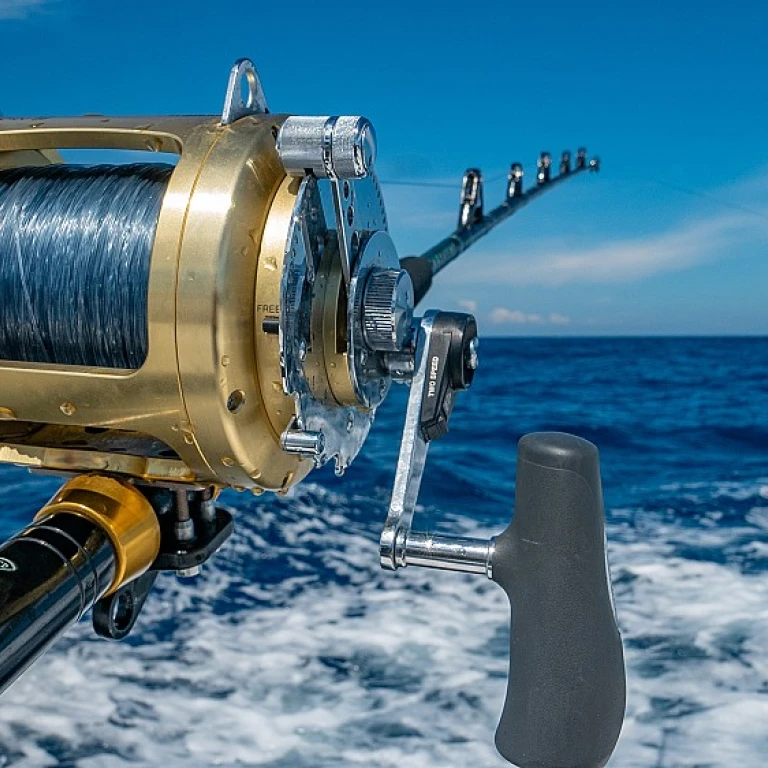


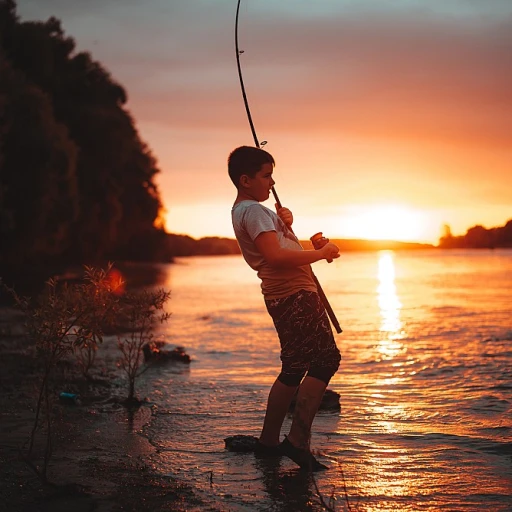
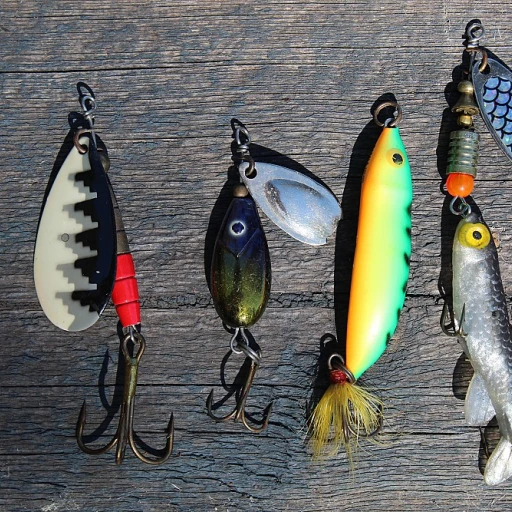

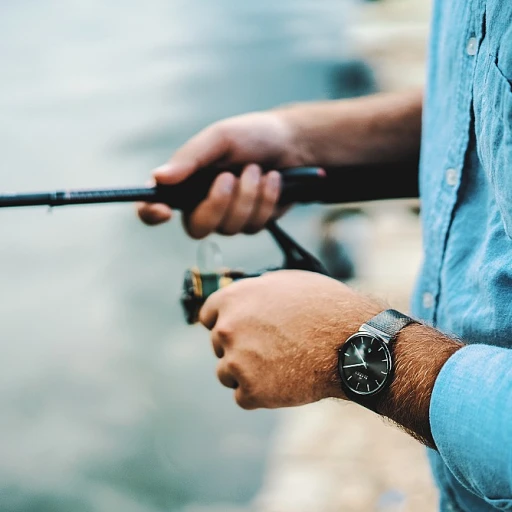
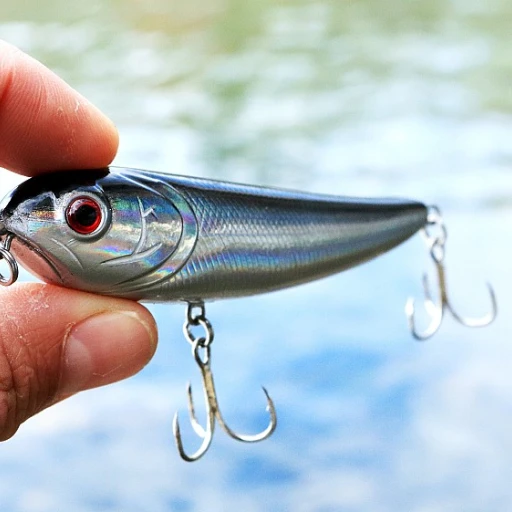
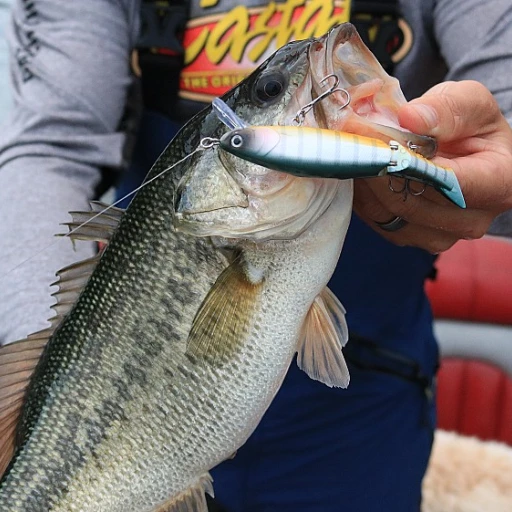
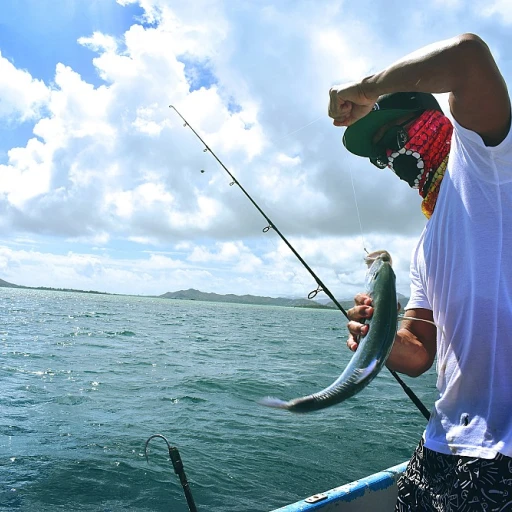
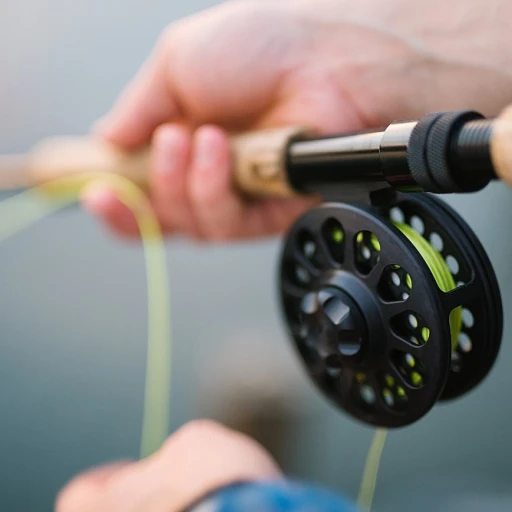
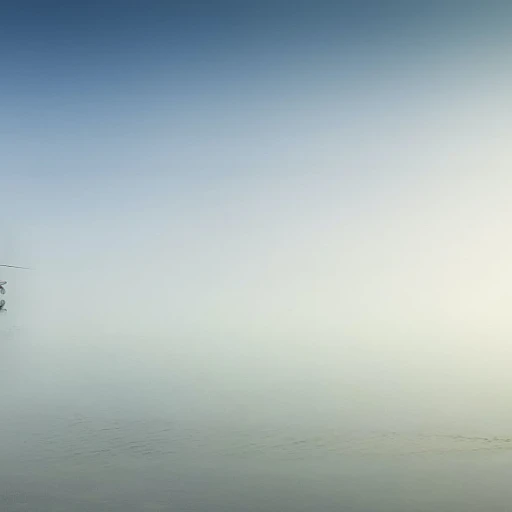
-large-teaser.webp)